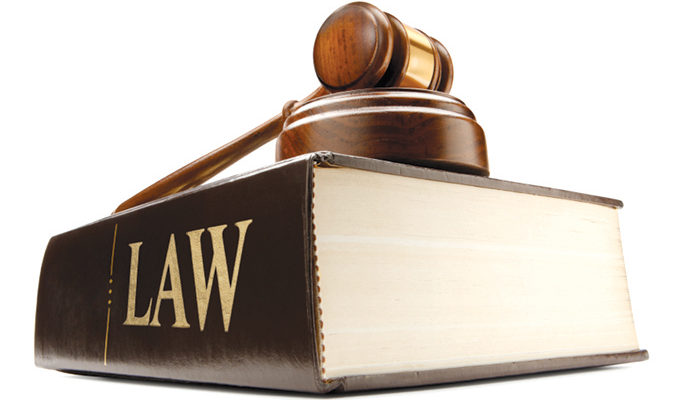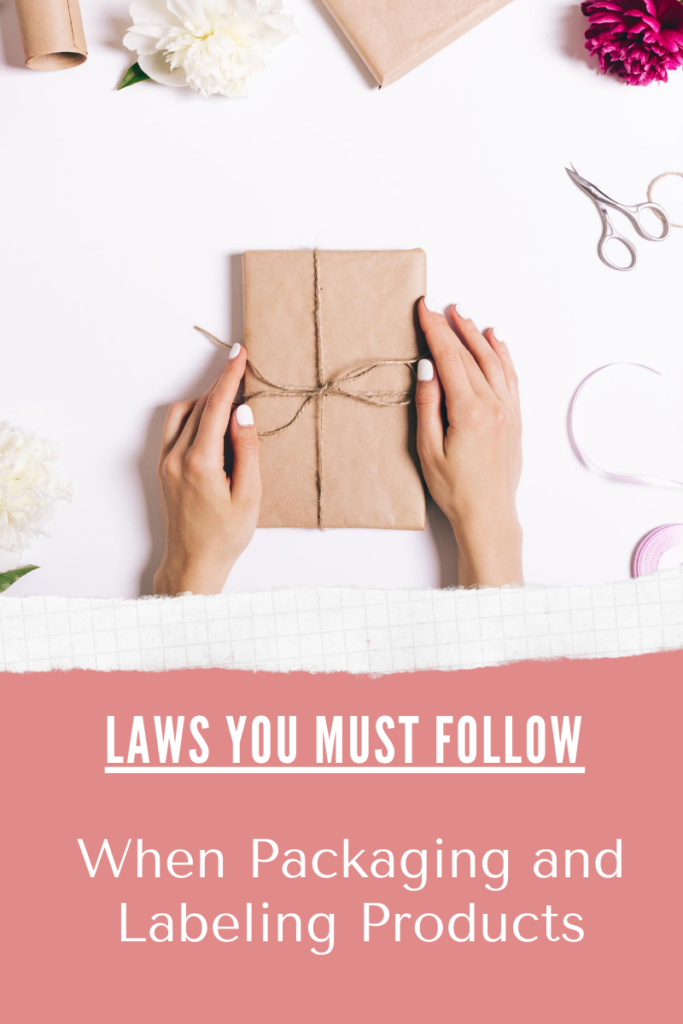Disclosure: This post may contain affiliate links. I earn a small commission when you click a link and make a purchase. Thanks for supporting SewingSociety.com!
Are you under the impression that you don’t need to worry about packaging and labeling laws simply because your business is small?
You are not exempt.
All products, handmade or not, must have a label that clearly states your name and address. They must also list all ingredients or materials you use. If you do not include this information, you are breaking packaging and labeling laws.
Every country has different laws. This post covers packaging and labeling laws specific to the United States of America and Canada.
Disclaimer: I am not a lawyer and this article is for informational purposes only. All legal questions should be directed to a small business lawyer. It is your responsibility to know the laws and operate your business accordingly.
Packaging and Labeling Laws
The United States Federal Trade Commission passed the Fair Packaging and Labeling Act in 1967. It requires all products to have a label with the product’s name, net quantity, and seller information. This protects consumers and helps them make more informed buying decisions. Canada passed similar legislation in 1970 with its Consumer Packaging and Labeling Act.
Both countries have exemptions:
Each country also has additional labeling laws for textile products, cosmetics, medical devices, precious metals, and food.
How to Label Your Products
All product labels must include the product identity, net quantity, and seller’s name and address. This information must be put in a prominent place on your product/package, such as the front of the box. The label must also have large enough text for the average consumer to read and be printed in English and the language spoken where your product is sold. That means a label with English and French for products sold in Canada.
Product Identity
This cannot be some arbitrary title you decide for your product. It must be a clear description. For example, “Hand Cream,” is appropriate, but “Magic Ointment,” is not. You must use a generic name and you cannot use any misleading or deceptive words in your identification label.
Product Net Quantity
This refers to the amount of product in your package. All ingredients must be reported separately and must list actual amounts. For example, “100ml,” is appropriate, but “Large,” is not. You must use a unit of measurement recognized by the country where your product is sold. There are also specific rules about the placement of net quantity information.
The exception to this rule is when you are selling a product that is clearly singular. For example, clothing is typically sold by the piece. You don’t need to label your product, “one shirt,” as this is obvious information.
Seller’s Name and Address
Your name and address must also be printed on your product label, even if you work out of your home. Customers must have a way of contacting you when there is a problem.
Fees and Penalties for Not Complying
If someone complains about your packaging and labeling, the US Federal Trade Commission or Competition Bureau of Canada may investigate. If your products are found in violation, you could be fined as much as $10,000 and face prison time. This is on the harsher side, but it is possible. That’s why it’s better to follow the rules from the start.
Don’t be scared! It’s easy to provide this simple label.
- Complete USA Packaging and Labeling Laws
- Complete Canada Packaging and Labeling Laws
- Complete UK Packaging and Labeling Laws
- Complete Australia Packaging and Labeling Laws
This post is just a brief overview of the packaging and labeling laws that pertain to handmade sellers in the USA and Canada. Please do your own research to make sure your products’ labeling and packaging comply where you sell your products.
Share this post on Pinterest!





